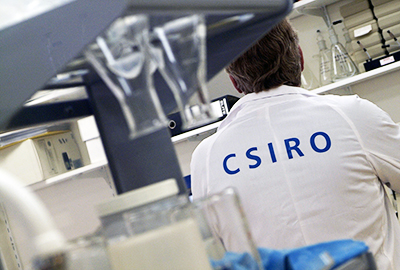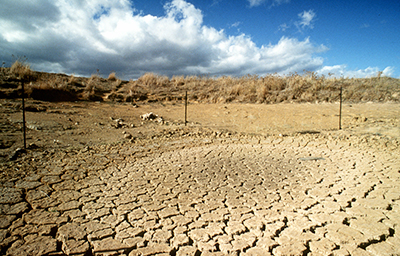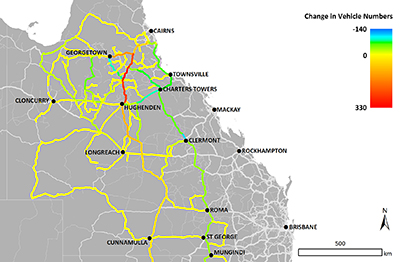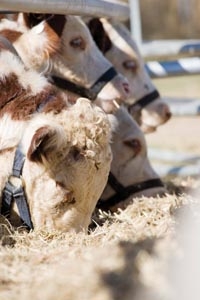Major grains industry forum set for Bendigo
THE VICTORIAN grains industry will launch into the 2016 cropping season when the Grains Research and Development Corporation (GRDC) hosts a major forum in Bendigo in February to support growers through the coming year.
The GRDC Grains Research Update, on February 23 and 24, this year entitled ‘Informed decisions and driving change’, will be attended by agronomists, consultants, researchers, growers and other grains industry personnel committed to ensuring the state’s cropping sector remains productive and profitable well into the future.
GRDC Southern Regional Panel chair, Keith Pengilley said advances in technology, cutting-edge advice and outcomes from GRDC-funded R&D offer the state’s growers the opportunity to make positive changes to their farming systems. 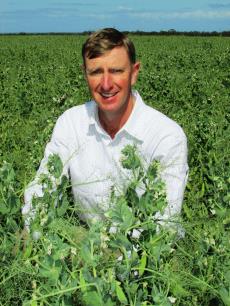
“With production costs continually rising, growers and their advisers are looking for ways to generate on-farm efficiencies,” Mr Pengilley said. “When seeking out ways to do that, the best place to start is the annual two-day Update which is being held in Bendigo in 2016.”
The two-day forum, held in Ballarat in previous years, will be conducted in Bendigo in 2016. The change of location has been driven by attendances out-growing the Ballarat venue and the recent opening of the impressive Ulumbarra Theatre complex in Bendigo where the 2016 Update will be located.
The Update will feature a line-up of expert speakers from throughout Australia and overseas who will provide insights into research developments and advice about progressing cropping enterprises.
Considered the state’s premier grains research, development and extension (RD&E) forum, the Update will showcase innovative thinking, products and practices.
Eyre Peninsula (South Australia) grower and consultant Ed Hunt will delve into the management of profitability and risk in a grain business, while CSIRO’s Saul Cunningham will look at the potential threat to neonicotinoids and their impact on bees.
Other keynote speakers include high profile Canadian agriculturalist Robert Saik, from Agri-Trend, who will outline the 10 drivers that will shape agriculture in the next decade. There will also be a panel of experts to explore how growers can make better use of their fertiliser dollar.
The Update program will offer a wide range of timely topics and issues and will provide maximum choice for attendees to construct their own preferred learning path over the two days.
Relevant agronomic issues to be covered on day one include soil moisture probes; Rhizoctonia control tactics; effective use of imagery and data; solutions for stubble troubles; cereal disease threats; blackleg in canola; integrated pest management; cereal agronomy and cultivar performance; and the value of break crops in low rainfall farming systems.
Other day one topics include best practice agronomy for pulses in the high rainfall zone; new insights into snail and slug control; subsoil manuring in the medium-low rainfall zones; and emerging research by GRDC-funded PhD scholars.
Among the subjects to be addressed on day two are best practice agronomy for pulses in the medium and low rainfall zones; dual purpose cropping; emerging herbicide challenges; herbicide residues in soil; crops for hay; understanding healthy soils; weather forecasting; best practice with fungicides; and the mechanisms of natural weed suppression.
GRDC Update Dates page has the latest details.
ends

 How to resolve AdBlock issue?
How to resolve AdBlock issue? 
